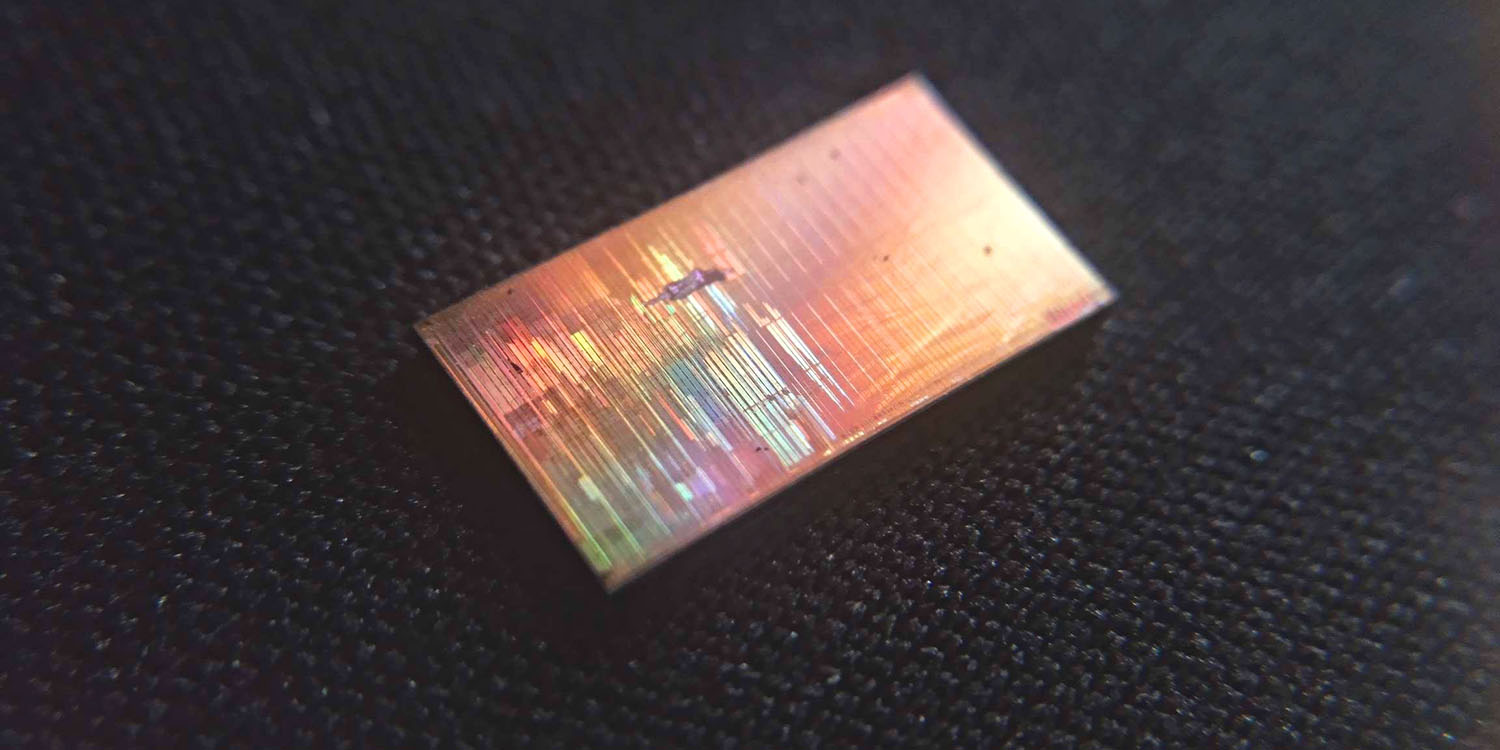
Attempts to design an Apple modem chip to replace the Qualcomm radio chips used in iPhones have been ongoing since at least 2018 – but some five years later have been deemed a failure by engineers who worked on the project.
Even by last year, the chip Apple managed to produce was found to be slower than Qualcomm ones, prone to overheating, and so large it would have occupied more than half the space inside an iPhone …
Apple’s desire to free itself from Qualcomm
Current iPhones use Qualcomm modem chips, also known as radio chips. These combine mobile data, Wi-Fi, and Bluetooth to handle all wireless comms for the phones. But Apple has for years been unhappy about its dependence on Qualcomm, for two reasons.
First, instead of charging Apple a flat licence fee for permission to use Qualcomm’s patented technology in iPhones, the chipmaker insisted instead on a percentage of the iPhone’s value. Apple felt that this was unfair, as Qualcomm was benefiting from all the other features that went into making a device it could sell for a four-figure sum.
Second, even when Apple bought its radio chips from Qualcomm, the chipmaker still insisted that Apple needed a patent licence as well. That was a practice the Cupertino company referred to as “double-dipping.”
The battle between the two companies led to literally years of lawsuits, before Intel’s surprise exit as a competitor effectively forced Apple to reach a settlement with Qualcomm in order to secure continued supplies of radio chips.
Apple’s remaining hope was to make its own modem chips so that it could dump Qualcomm.
Apple modem chip project
Apple’s long-term goal is to design its own radio chip, which would then be made by TSMC – the same process the company took with Mac CPUs, when it dumped Intel in favor of Apple Silicon processors.
The company had already been working on the project for at least a year, when it took advantage of Intel’s exit from the business to buy the chipmaker’s modem business for a billion dollars. That got Apple some 2,200 employees, and over 17,000 patents.
Add together Apple’s own chip design expertise, engineers poached from Qualcomm, and Intel’s 5G modem experience, and you would have expected things to be plain sailing. The company was widely expected to have succeeded in time to use its own modem chip in the iPhone 15. Those expectations did not materialize, however.
Doubts were subsequently raised about whether the company’s efforts would pay off in time for next year’s iPhone 16.
Project is failing spectacularly, claims WSJ
A new report from the WSJ cites insiders stating that the project has so far been a spectacular failure. It says that the company got as far as making a prototype modem chip last year, but it was hopeless.
Tests late last year found the chip was too slow and prone to overheating. Its circuit board was so big it would take up half an iPhone, making it unusable.
One issue is that Apple management appears to have underestimated the difficulties in making a radio chip, seemingly thinking that if it can design A-series and M-series chips, then a modem ought to be simple. A former Qualcomm exec said this is very far from reality.
“These delays indicate Apple didn’t anticipate the complexity of the effort,” said Serge Willenegger, a former longtime Qualcomm executive who left the company in 2018 […] “Cellular is a monster.”
A large part of that complexity is that, in the mobile world, “standards” are defined by lengthy lists of alternatives, each of which needs to be supported by iPhones. Radio chips have to support not only current and previous generations of each standard, but also every variation of each in current use by different carriers in different countries.
Modem chips are trickier to make than processing chips because they must work seamlessly with 5G wireless networks, as well as the 2G, 3G and 4G networks used in countries around the world, each with its own technological quirks. Apple microprocessors run software programs designed solely for its iPhones and laptops.
Apple executives who didn’t have experience with wireless chips set tight timelines that weren’t realistic, former project engineers said. Teams had to build prototype versions of the chips and certify they would work with the many wireless carriers worldwide, a time-consuming job.
While Apple will doubtless succeed eventually, plans have already been pushed back from 2023 to 2024, and the report says this deadline too has now been dropped.
Illustrative chip photo: Timo VN/CC2.0
FTC: We use income earning auto affiliate links. More.




Comments